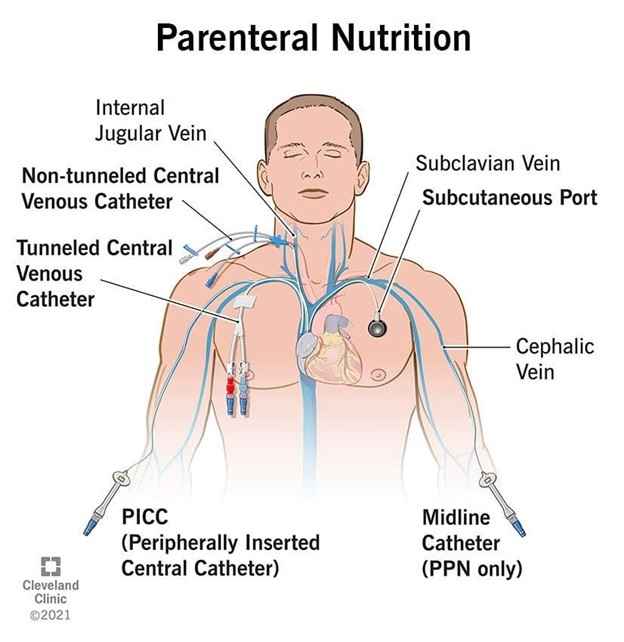A nurse is providing teaching to the guardians of a newborn about measures to prevent sudden infant death syndrome (SIDS). Which of the following guardian statements indicates an understanding of the teaching?
"I will not allow anyone to smoke near my baby."
"I will place bumper pads in my baby's crib."
"My baby's head should be placed on a pillow for sleeping."
"My baby should sleep in a side-lying position."
The Correct Answer is A
"I will not allow anyone to smoke near my baby."
- A. Correct. Avoiding exposure to tobacco smoke is one of the measures to prevent SIDS, as it can affect the respiratory function and arousal of the newborn.
- B. Incorrect. Placing bumper pads in the baby's crib is not recommended, as they can pose a suffocation or strangulation hazard for the newborn.
- C. Incorrect. Placing the baby's head on a pillow for sleeping is not advised, as it can increase the risk of suffocation or rebreathing of carbon dioxide for the newborn.
- D. Incorrect. Placing the baby in a side-lying position for sleeping is not suggested, as it can increase the likelihood of rolling over to a prone position, which is associated with a higher incidence of SIDS.
Nursing Test Bank
Naxlex Comprehensive Predictor Exams
Related Questions
Correct Answer is D
Explanation

- A is incorrect because IV tubing for total parenteral nutrition should be changed every 24 hours to prevent infection.
- B is incorrect because abdominal distention is not an expected effect of total parenteral nutrition. It could indicate a complication such as fluid overload or bowel obstruction.
- C is incorrect because gastric residual is not relevant for total parenteral nutrition, which bypasses the gastrointestinal tract.
- D is correct because weight measurement is an important indicator of fluid balance and nutritional status for clients receiving total parenteral nutrition.
Correct Answer is D
Explanation
Choice A rationale:
Sodium level of 142 mEq/L is within the normal range (135-145 mEq/L) for adults. However, normal ranges for children might vary slightly, but 142 mEq/L is not indicative of dehydration on its own.
Choice B rationale:
Respiratory rate of 22/min is within the normal range for a 3-year-old child (20-30 breaths/min) This rate alone does not provide evidence of dehydration.
Choice C rationale:
Potassium level of 3.9 mEq/L is within the normal range (3.5-5.1 mEq/L) for children. Like sodium, normal ranges for potassium may differ slightly in pediatric patients, but 3.9 mEq/L is not alarming on its own.
Choice D rationale:
Heart rate of 148/min is elevated for a 3-year-old child. Tachycardia is a common sign of dehydration in pediatric patients. This increased heart rate indicates the body's compensatory mechanism to maintain cardiac output in response to decreased blood volume, a typical consequence of dehydration.
Whether you are a student looking to ace your exams or a practicing nurse seeking to enhance your expertise , our nursing education contents will empower you with the confidence and competence to make a difference in the lives of patients and become a respected leader in the healthcare field.
Visit Naxlex, invest in your future and unlock endless possibilities with our unparalleled nursing education contents today
Report Wrong Answer on the Current Question
Do you disagree with the answer? If yes, what is your expected answer? Explain.
Kindly be descriptive with the issue you are facing.
